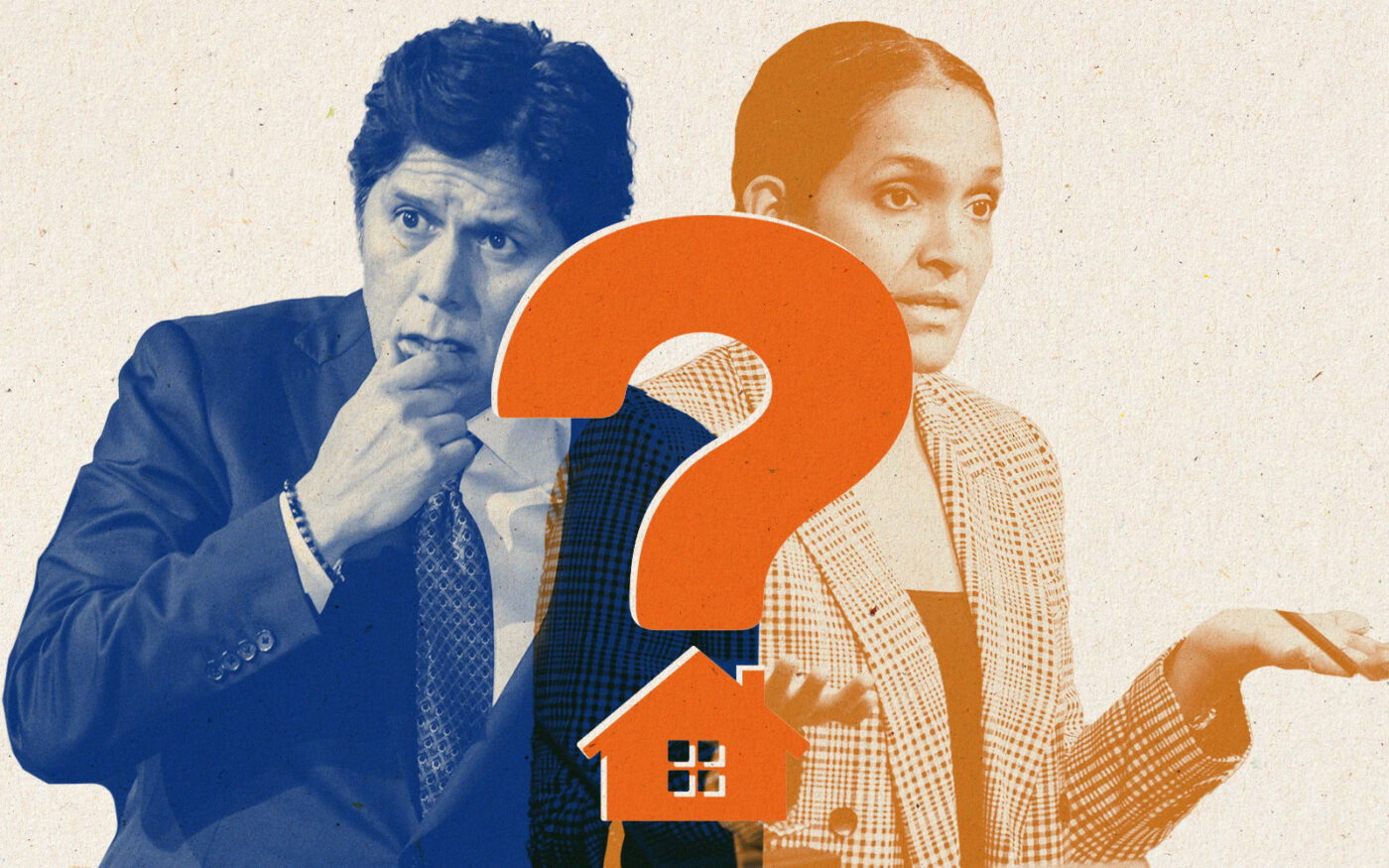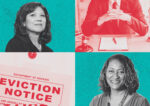 Judge issues tentative ruling on challenge to LA’s tenant protections
Judge issues tentative ruling on challenge to LA’s tenant protections
City of LA to study who qualifies as mom-and-pop landlords
Council seeks to distinguish corporate versus small owners for participation in programs

The Los Angeles City Council gave a green light Nov. 14 for a study looking to distinguish which apartment owners should qualify for the city’s aid packages to mom-and-pop landlords. A report may come back for the council’s review in about a month.
The request for the study took place after the council voted to approve a rent increase up to 4 percent on rent-controlled units starting Feb. 1. The hike takes place after about three years of freezes on evictions and rent hikes sparked by the coronavirus pandemic.
During the discussion, Councilman Tim McOsker suggested an amendment to allow mom-and-pop landlords to raise rents by 7 percent. While council members agreed it was crucial to support mom-and-pop landlords, they also agreed that the definition of a mom-and-pop landlord is murky.
The council looks to differentiate mom-and-pop landlords from corporate owners. The city has programs to assist the former, such as the Small Landlord Emergency Rental Assistance Program, available to those “who own 12 units or less and have low-income residential renters.” The program closed Oct. 31 using funds from Measure ULA.
In the meeting, Councilman Kevin de León called for a study after he said the definition of who is a small landlord is ambiguous on the local level.
“I don’t know if 12 units is a small mom-and-pop, or maybe it’s 16 or 20 or four. We never created these benchmarks. We relied on the federal government and HUD and their antiquated system, and what Washington, D.C. says. Maybe we have to be more innovative,” de León said.
Councilwoman Nithya Raman asked during the Nov. 14 meeting: “How do we ensure our scarce resources are going to stabilizing the landlords who need to be stabilized?”
City of Los Angeles law books had previously described a mom-and-pop landlord as a property owner who owns no more than one building, with four or less units, and one single-family home on a separate lot, according to guidance from law firm Tobener Ravenscroft.
During the meeting, Ann Sewill, L.A. Housing Department’s general manager, said that her department has identified mom-and-pop landlords through an honor system. If a property owner applied for city aid, and identified as a mom-and-pop landlord, the applicant was given the benefit of the doubt and given consideration.
However, her department would also field calls from tenants alleging fraud by their landlords. The whistle-blowers would allege that a landlord owned more than a handful of units. The Housing Department would be compelled to investigate, despite being hobbled by low resources, Sewill said. Investigations can be murky, because both mom-and-pop landlords and corporate landlords shroud their identities in limited liability companies.
Sewill estimated that 70 percent of the city’s multifamily inventory was owned by corporations, and about 30 percent were owned by independent, mom-and-pop landlords.
There is not much current academic literature to help the council, said Richard Green, director at USC Lusk Center for Real Estate. Based on his experience, any property with more than 50 units is likely owned by a corporation.
“Anything smaller than that, corporations are probably not interested in owning,” he said. He said large companies typically consider smaller buildings hard to manage.
Daniel Yukelson, executive director for the Apartment Association of Greater Los Angeles, doubted if the study was going to find much that was new.
“I think it was window dressing to give property owners who are suffering a glimmer of hope. As they always do, they’re going to come back with nothing,” Yukelson predicted.
Read more
 Judge issues tentative ruling on challenge to LA’s tenant protections
Judge issues tentative ruling on challenge to LA’s tenant protections
 LA County to study public attorneys for at-risk tenants in evictions
LA County to study public attorneys for at-risk tenants in evictions
 LA City Council poised to enact tenant protection package
LA City Council poised to enact tenant protection package




